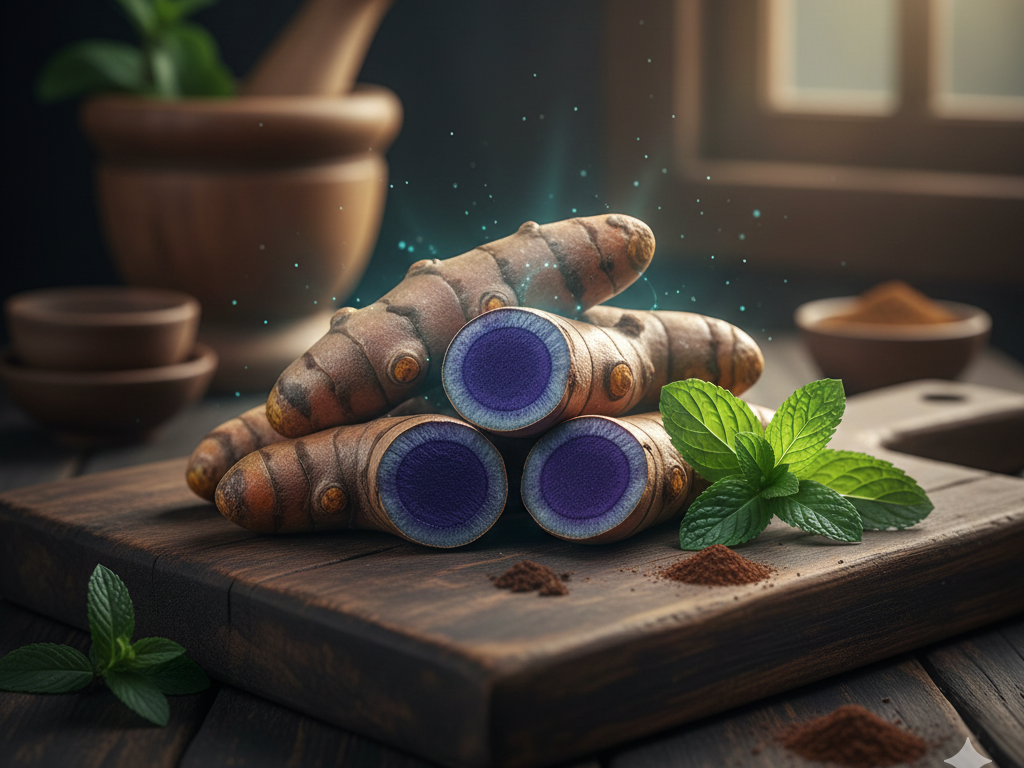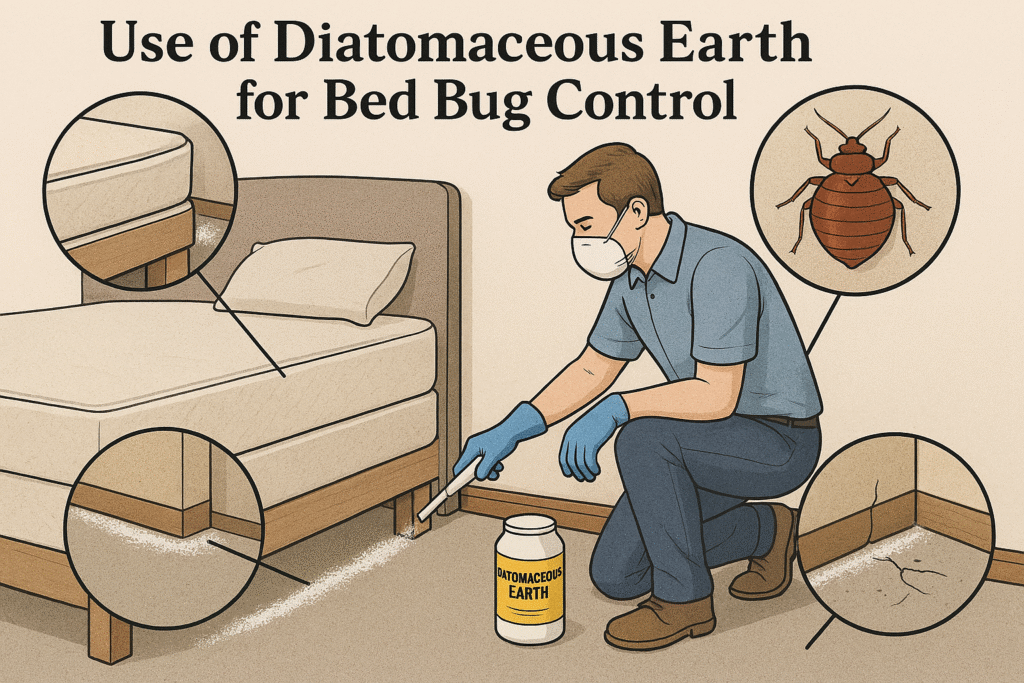In this short article, you’ll learn the process of growing lemon grass from seeds. Lemongrass is simple to grow from seed and requires little to no maintenance once planted.
Table of Content:
- What is Lemon Grass?
- Lemon Grass Seeds
- Lemon Grass Plants
- Process of Growing Lemon Grass From Seeds
- Tips for Lemon Grass Farming
- Harvesting
- Some Popular Lemon Grass Recepies
What Is Lemongrass?
Lemongrass belongs to the Cymbopogon genus of tender perennial grasses.
Lemongrass clumps have vivid green wispy leaves. A grey fence in soft focus may be seen in the background.
When people mention “lemongrass,” they could be referring to a variety of plants. West Indian lemongrass (Cymbopogon Citratus) and East Indian lemongrass (Cymbopogon Citratus) are two of them (C. Flexuosus).
Both of these species have a pleasant citrus fragrance and are used in cooking.
A close-up of dried lemongrass stems and leaves on a wooden cutting block.
C. nardus and C. winterianus are two other closely related species. Both are citronella grass varieties that can discourage pests in the garden but are not commonly used in the kitchen. They have a smell that is more grassy and musky than lemongrass.
Lemongrass forms clumps, with numerous stalks sprouting from a single root. It can reach a height of five feet and a width of four feet.
Lemongrass bunches placed in a row, each in its own tyre, as seen up close. In brilliant sunlight, the woody stalks gradually give way to the light green, feathery leaves. More greenery and grass fade to soft focus in the background.
The plant’s lovely green leaves and erect arching shape will add interest and texture to your yard.
The delicious, aromatic leaves and stalks of this herb are utilised in a variety of cuisines. Both have a distinct citrus aroma and flavour (thus the name!) that is reminiscent of lemon.
Both the leaves and the stalks are used to flavour soups and curries, however they are normally removed after cooking due to their fibrous nature.
The fragile inner core of the stalk, which develops until stalks grow to reach at least half an inch in diameter, is the most coveted portion of this plant.
While young stalks are mostly fibrous leaves, as they mature, the inside of the stalk develops a soft centre that may be diced and added to cooking without having to be removed before consumption.
Lemongrass is a tropical plant that grows well in the heat of summer. It grows nicely in containers and is great for growing in a greenhouse. Where winters are moderate, it can be cultivated as a perennial, although care must be given to regulate moisture in the soil and offer frost protection.
Family: Poaceae Latin Cymbopogon Citratus
Zone & Season: Hot (Summer)
Exposure: Full Sun exposure
Lemon Grass Seeds

Lemon Grass Plants

Growing Lemon Grass from Seeds
- Fill a seed tray halfway with a moistened mixture of compost, cocopeat, or fine and abrasive coconut fibre.
- Smooth the surface and compress the remaining 1/2 to 1 centimetre of the gap between the ground and the tray’s top.
- Lemongrass seeds should be sown 1 inch apart and 1/4 inch deep.
- Squeeze the soil mixture onto the seeds’ crowns.
- Using a spray bottle, mist the lemongrass seeds with water.
- Apply a little mist to the soil surface until it feels moist.
- Seal the edges of the plastic wrap around the seed tray. Place the tray on a window sill that gets plenty of light.
- Once a week, remove the plastic wrap to water the lemongrass seeds. Mist the soil surface until it is damp to the top 1/2 to 1 inch.
- In around 10–20 days, you should see germination. Once the lemongrass seeds have grown to a height of 1 inch, remove the plastic wrap.
Tips for Growing Lemongrass from seeds
- Mist lemongrass plants on a regular basis as they grow to keep the plants moist and humid.
- Lemongrass may be grown year-round in USDA Zones 10 to 12.
- In the cooler months, however, the optimal time to start growing lemongrass from seeds is when the temperature begins to hover around 70 degrees Fahrenheit.
- It’s easier to cultivate lemongrass from cuttings than it is from seeds.
Harvesting Lemon Grass
The plant’s shoots and leaves can be used to flavour food as well as for aromatherapy.
When the leaves reach a height of about 10-12 inches, they can be collected. Cut off what you need using scissors. If you want the plant to keep growing, leave as least an inch at the bottom of the stalks while cutting them.
Wait until the stalks are at least 1/2 inch in diameter before using the fragile core. The cores of the stalks will still be fibrous if you harvest them while they are tiny.
To harvest, cut the stalk’s base one inch above ground level with a knife. Remove the stalk from the rest of the cluster until you have the amount you need.
To harvest several stalks, the entire plant can be removed from the ground. This can be done at any time after the plant is ready to harvest, but it’s especially advantageous at the end of the season in colder areas when your plants are on the verge of succumbing to the weather.
Some Popular Lemon Grass Recepies
Lemon Grass Soup

This lemongrass soup is not only refreshing and healthful, but it’s also hot and warming, as well as spicy if desired.
Lemon Grass Tea

Many individuals believe that lemongrass tea has a variety of health benefits, but there haven’t been enough large-scale studies to back this up.
Doctors are aware that tea can aid in the battle against free radicals, hence lowering inflammation in the body. The anti-inflammatory chemicals chlorogenic acid, isoorientin, and swertiajaponin are found in lemongrass.
Inflammation plays a role in a variety of health problems, including pain and heart disease. As a result, lemongrass tea could be a healthy beverage to include in one’s diet.
Thank You
Recent Posts
The Blue-Black Wonder: A Comprehensive Guide to Black Turmeric (Curcuma caesia)
Spread the loveIn the world of superfoods and herbal medicine, regular yellow turmeric is a household staple. However, there is a rare, potent cousin that has remained largely in the shadows of the dense forests of Northeast and Central India: Black Turmeric (Curcuma caesia), also known as Kali Haldi. Characterized by its striking bluish-black interior […]
Cold Pressed vs Regular Neem Oil: Which One Is Better?
Spread the loveNeem oil has been a staple in natural health, skincare, and agriculture for centuries. Extracted from the seeds of the neem tree (Azadirachta indica), this oil is packed with powerful compounds like azadirachtin, nimbin, and fatty acids that make it a go-to solution for everything from pest control to skin care. But when […]
Use of Diatomaceous Earth for Bed Bug Control
Spread the loveBed bugs are among the most persistent household pests, causing sleepless nights and frustration for homeowners worldwide. While chemical treatments are common, many people seek safer, eco-friendly alternatives. One such solution gaining popularity is Diatomaceous Earth (DE). This natural substance offers an effective, non-toxic way to combat bed bug infestations. In this blog, […]









